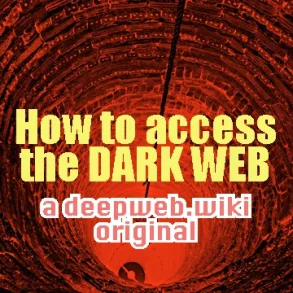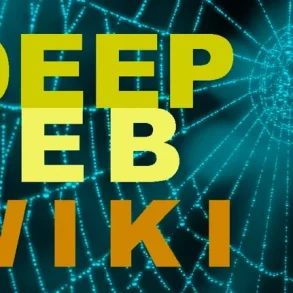The deep web is a hidden part of the internet that isn’t accessible through traditional search engines.
The deep web includes internet content that is intentionally hidden, as well as content that is unintentionally hidden behind paywalls and other barriers.
A darknet is a part of the deep web that can only be accessed using special software, configurations, or authorization, often using non-standard communications protocols and ports.
The deep web contains information that can’t be found by using a standard search engine.
But just because it’s not accessible, doesn’t mean it’s not there.
According to the non-profit Tor Project, which provides free software to help people use the internet anonymously, the deep web contains a vast amount of data from research institutions, corporations, and governments that is not available to the public.
If you’re looking for something specific, you might need a special kind of search engine to find it.
The deep web is a network of websites that aren’t indexed by standard search engines. This includes content that is hosted behind paywalls or password-protected sites.
The deep web also includes the darknet, which is a small part of the deep web that requires specific software to access.
The deep web accounts for around 95% of the internet, but most of it isn’t searchable.
The deep web is vast, but it’s not everything
In 2014, a study from researchers at the University of California Berkeley and the International Computer Science Institute found that the deep web contains around 4% of the internet — about 550 times the size of the surface web.
Source: International Computer Science Institute
The study estimated that the deep web contains around 5.5 million terabytes worth of data, compared to the deep web’s approximately 85 terabytes of data.
The study found that it’s not just a small portion of the deep web that’s unavailable to search engines. Instead, it’s a vast majority of the deep web.
The researchers estimated that only 4% of the deep web is indexed by search engines.
The study found that a majority of the deep web is not indexed by search engines.
If you’re looking for information on the surface web, a search engine like Google can be useful. But if you’re looking for something on the deep web, you’ll need special software.
The most popular tool for accessing the deep web is Tor, an open-source software that lets you browse the web anonymously.
How it works is that your web traffic gets sent through a network of more than 7,000 relays (computers that have been volunteered by their owners to be part of the Tor network) around the world before reaching the website you’re trying to access. This helps hide your identity and your location from anyone monitoring your online activity.
Tor has been around since the mid-1990s, but it’s only become more popular in recent years.










